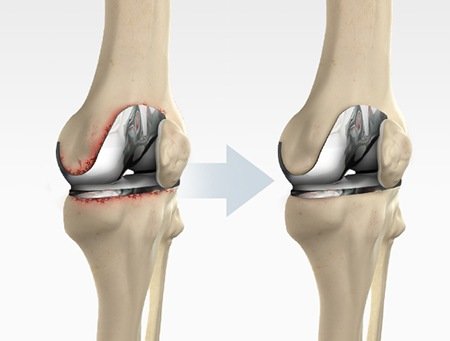
Revision joint replacement refers to the surgical procedure in which a previously implanted artificial joint, such as a hip or knee replacement, is replaced or revised. This type of surgery is typically necessary when the original joint replacement no longer functions effectively or has developed complications over time. Revision joint replacement is a complex and specialized procedure that requires the expertise of orthopedic surgeons with extensive experience in joint reconstruction.
There are several reasons why a revision joint replacement may be needed: Implant Wear and Tear: Over time, the materials used in joint implants may wear down, leading to a decrease in their effectiveness and potential for pain and dysfunction. Loosening of Components: The bond between the artificial joint components and the surrounding bone may weaken or loosen over the years, resulting in instability and discomfort. Infection: Infections can occur at the site of the joint replacement, causing pain, swelling, and potential damage to the implant. In some cases, revision surgery is necessary to address the infection and replace the implant. Fracture: Fractures around the joint replacement can occur due to trauma or other factors, necessitating revision surgery to repair or replace the damaged components. Implant Failure: Occasionally, joint implants may fail due to manufacturing defects or other issues. Revision surgery is required to replace the failed components and restore joint function.
Before undergoing revision joint replacement, thorough evaluation and diagnostic testing are conducted to identify the specific issues affecting the artificial joint. This allows the surgical team to plan the procedure effectively and select the most appropriate implants for the revision.
The revision joint replacement procedure involves removing the existing implant, addressing any bone loss that may have occurred, and placing new components to restore joint stability and function. The surgery is often more complex than the initial joint replacement due to factors such as scar tissue, bone loss, and altered anatomy.
Recovery from revision joint replacement varies for each individual, but it typically involves a comprehensive rehabilitation program to regain strength, mobility, and function. Physical therapy is a crucial component of the recovery process, helping patients adapt to their revised joint and optimize their overall joint health.
While revision joint replacement is a challenging procedure, advancements in surgical techniques, implant materials, and perioperative care have improved outcomes for patients undergoing these surgeries. The goal of revision joint replacement is to enhance the patient's quality of life, reduce pain, and restore function to the affected joint, allowing individuals to return to their daily activities with improved comfort and mobility.